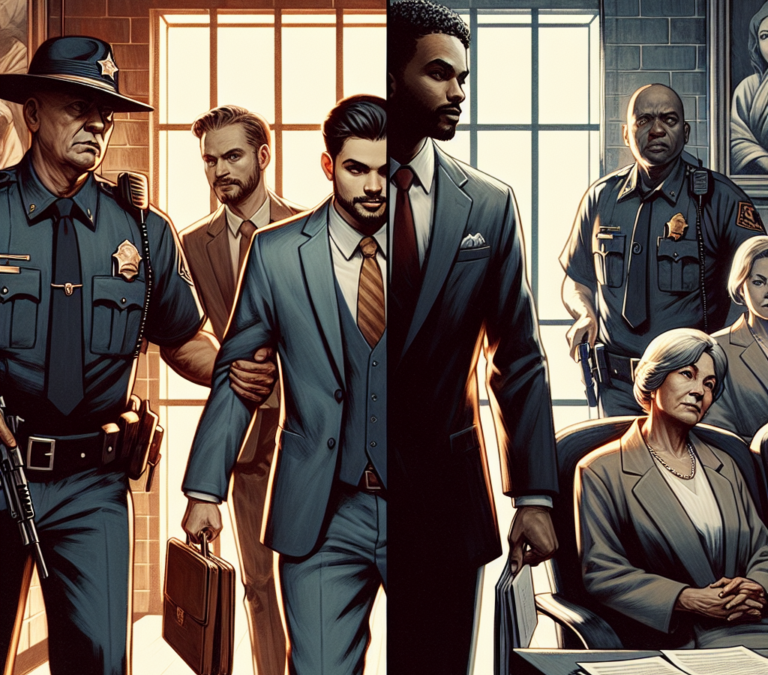New York, NY – After reports circulated online comparing two separate cases involving the death penalty, the U.S. Department of Justice’s decision to seek the death penalty for UnitedHealthcare CEO shooting suspect Luigi Mangione has sparked controversy. The comparison was drawn between Mangione’s case and that of Patrick Crusius, the gunman responsible for a racially motivated attack at a Texas Walmart. The DOJ’s directive to prosecutors in these cases has raised questions about disparities in the criminal justice system.
Social media users shared images of news headlines side by side, highlighting the contrasting approaches taken by prosecutors. One headline indicated that prosecutors were seeking the death penalty for Mangione, while another revealed that Crusius was offered a plea deal to avoid facing the same fate. The spread of these screenshots on various platforms prompted discussions about potential reforms in the criminal justice system.
In response to the public scrutiny, U.S. Attorney General Pam Bondi explained the decision to seek the death penalty for Mangione, citing the severity of the crime as an act of political violence that posed a significant risk to public safety. However, the rationale behind the prosecutors’ choice not to pursue the death penalty for Crusius remains unclear, despite previous convictions under hate crime laws.
El Paso County District Attorney James Montoya, who opted not to seek the death penalty for Crusius, cited the wishes of the victims’ families as a factor in his decision. While some families supported this choice, others expressed dissent, emphasizing the complexity of navigating justice in such high-profile cases. The contrasting approaches in these cases have reignited conversations about the role of victims’ families in sentencing decisions.
The juxtaposition of these two cases underscores the challenges and complexities inherent in the criminal justice system. The differing outcomes for Mangione and Crusius raise questions about equity and consistency in applying the death penalty. As these cases continue to unfold, they serve as poignant examples of the broader issues surrounding criminal justice reform and the pursuit of justice in high-profile criminal cases.









